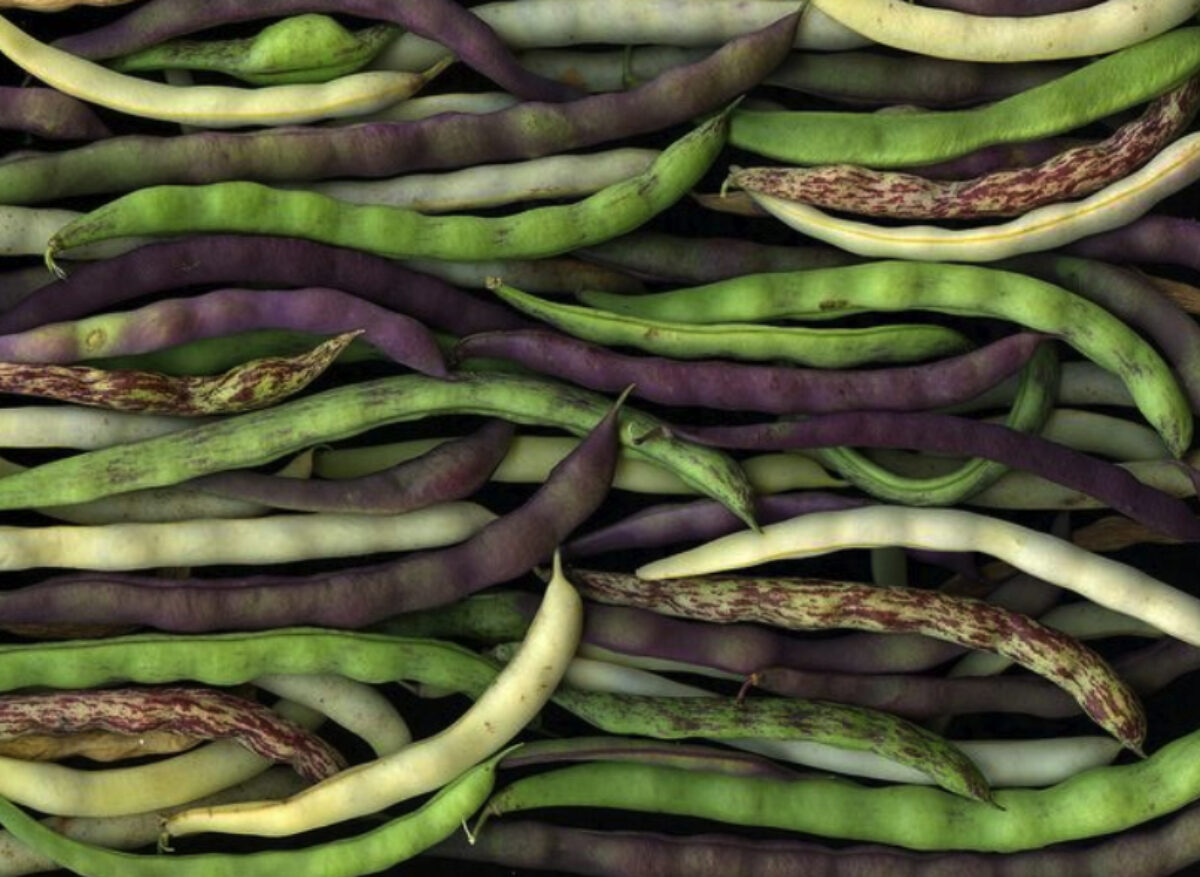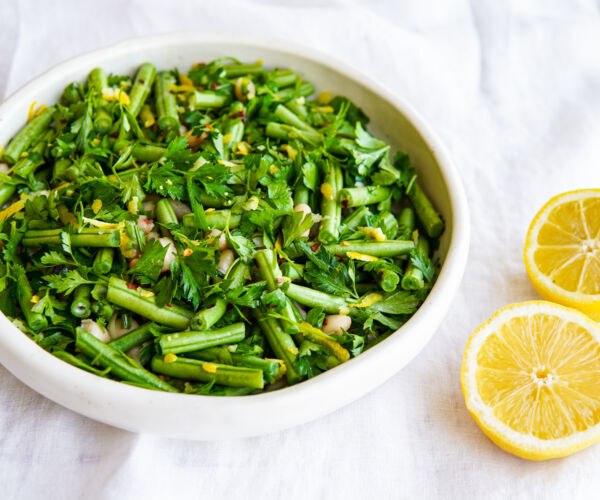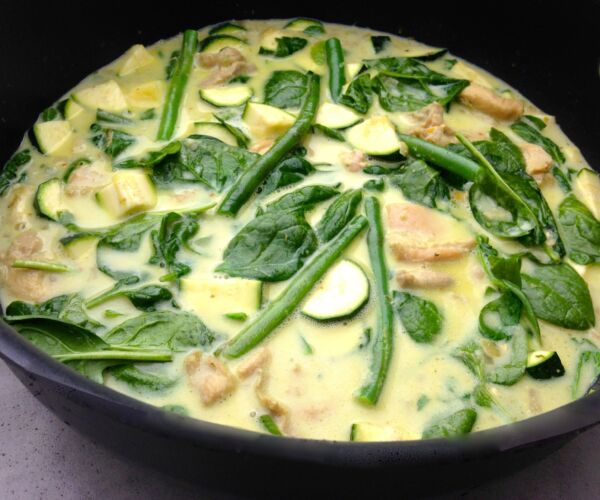Beans

Bean/Pīni
Availability
Beans are available from November until May, however, they are more plentiful in the summer months.
Storage and Handling
Store in the refrigerator. Handle all fresh produce with care and wash before eating.
History
There are many varieties of beans, most of them can be traced back to their origins in Central and South America.
Facts
- Green Beans: Also known as runner or dwarf beans, are usually about 10-15cm in length and 1cm in diameter.
- French or Flat Beans: Are usually about 15 cm in length, with a flat pod and slightly ridged sides
- Butter Beans: Similar in shape to green beans but are a pale yellow/cream colour
- Broad Beans: If the beans are immature the pod may be eaten. When fully grown only the large flat bean is eaten and the pod is discarded. Broad beans are available early in the season
- Snake or Chinese Beans: These are sometimes known as yard-long beans, asparagus beans or long podded cow peas. These green beans are similar to regular green beans but are very long (about 30-50 cm). Supply is limited. They are used traditionally in Asian and Indian cooking
Growing Facts
- Bean seeds should be sown in the late spring so that there is no danger of frosts
- Beans are relatively easy to grow from seeds and are disease and pest resistant
Nutrition Information
Beans are a good source of niacin (vitamin B3) and a source of dietary fibre, folate, potassium, and vitamin C.
You will find the full Nutrition Information Panel on the New Zealand Food Composition Data website. This website is owned jointly by Plant & Food Research and the Manatū Hauora Ministry of Health. This website holds the most comprehensive collection of high-quality nutrient data for New Zealand foods. The Database is managed and maintained by dedicated Plant & Food Research staff.





